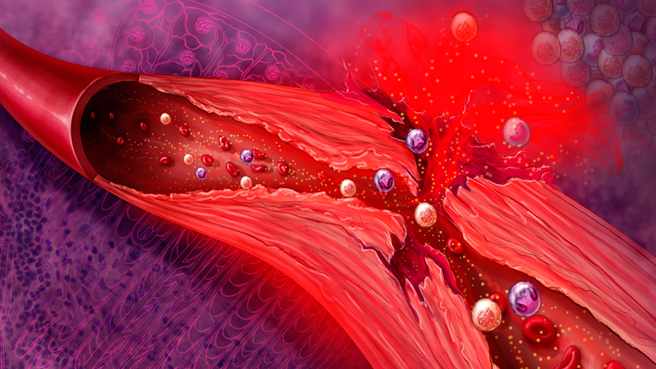-
Discovery’s Edge: Moments of Discovery

Granulomatosis with polyangiitis—yes, it’s a mouthful. It’s also a rare disease, afflicting as few as two in 100,000 people. It’s so uncommon a general practitioner might not recognize it. Says Fernando C. Fervenza, M.D., Ph.D., a Mayo Clinic nephrologist. “A lot of physicians down in the community are probably going to see one case in their lifetime.”
But granulomatosis can be deadly. The body’s immune system attacks itself, causing inflammation of small blood vessels, a condition known as vasculitis. And vasculitis can damage sinuses, lungs, kidneys, eyes, ears, skin, nerves, and joints. Until the 1960s “basically it was fatal,” says Dr. Fervenza, who is often called in on such cases when vasculitis inflames the millions of vessels that populate the kidneys.
Then came a drug called cyclophosphamide, which suppressed the white blood cells that multiplied to mount the body’s immune response. Cyclophosphamide tempered the body’s attempts to attack itself. “That was a revolution to treatment,” says Dr. Fervenza. An 80 percent mortality rate at one year turned to an 80 percent survival rate.
Yet there was a downside. Cyclophosphamide is toxic. Up to 20 percent of patients either don’t respond to treatment or can’t survive it. “Could we get better results,” Dr. Fervenza asked, “with another drug?” Other doctors wondered the same. Read the rest of the article.
________________________________
Find more research news on Discovery's Edge.







